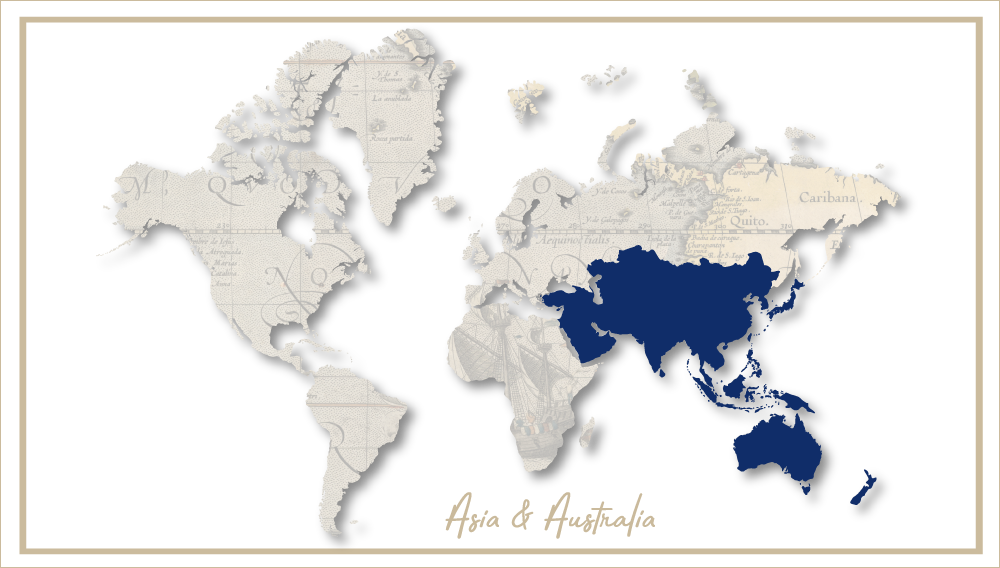Jacob’s Creek: The making of a global wine brand
The 40th anniversary of the introduction of the Jacob’s Creek range by Orlando Wines in 1976 was marked by a feature in the Adelaide press which related the history of this now very popular Australian brand.
The brand has grown from a few thousand cases of a single red wine blend – sourced from the Coonawarra, Keppoch and McLaren Vale regions of South Australia in 1976 – to the current 51 wines in a range (which includes Classic, Reserve, Cool Harvest, Heritage and St Hugo under the Jacob’s Creek banner), which sold almost 75 million bottles (over six million cases) in 2013/14.
By 1980, Jacob’s Creek was the biggest selling red wine in Australia and after 1989, when Orlando was acquired by the French drinks group Pernod Ricard, its global exposure was significantly increased. Pernod Ricard claims it is now the number one Australian wine brand in Asia, and number three in Europe.
The way to build a global brand like Jacob’s Creek was to offer individual wines under the umbrella label to specific markets. For example, its Wah range was originally destined only for Japan, while its Lamoon range was focused on Thailand.
In retrospect, the two technical tenets which turned Jacob’s Creek into a global brand sound almost banal: one was drinkability on release. These days the vast majority of wine is drunk within 24 hours of purchase but, in times gone by, it was often necessary to put wines down for years for best results.
The other tenet was blending, which allowed the winemakers to offer a consistent quality and taste.
Still, Jacob Creek has not become the leading wine brand globally. It only ranked 10th in 2014 according to IWSR estimates. This title goes to Barefoot by E&J Gallo from the United States.
Nonetheless, it’s interesting to see that all leading wine brands are from New World growth regions, like the U.S. and Australia. No European wines are found among them.
In terms of volumes, global wine production is dwarfed by global beer production. In 2014 over 1900 million hl of beer were produced compared with 280 million hl of wine.
In terms of volume sales, the global top 10 wine brands only represented 3 percent of global wine production, which is much smaller than for global beer brands (under 20 percent).
However, brewers have to accede to New World wine marketers that they pioneered wine as a universal first choice lifestyle beverage.
Top 10 global wine brands in 2014 (million 9 litre cases)
| Rank | Country | Brand | Owner | Sales volume |
| 1 | US | Barefoot | E & J Gallo Winery | 18 |
| 2 | US | Gallo | E & J Gallo Winery | 15 |
| 3 | Chile | Concha y Toro | Concha y Toro | 13.2 |
| 4 | US | Robert Mondavi | Constellation Brands | 12.1 |
| 5 | US | Sutter Home | Trinchero Family Estates | 10.9 |
| 6 | Australia | Yellow Tail | Casella Wines | 10.5 |
| 7 | Australia | Hardys | Accolade Wines | 9.4 |
| 8 | Australia | Lindemanns | Treasury Wine Estates | 8.1 |
| 9 | US | Berlinger | Treasury Wine Estate | 7.1 |
| 10 | Australia | Jacob's Creek | Pernod Ricard | 6.9 |
Source: IWSR estimates 2015
Keywords
Australia international beverage market wine
Authors
Ina Verstl
Source
BRAUWELT International 2016


